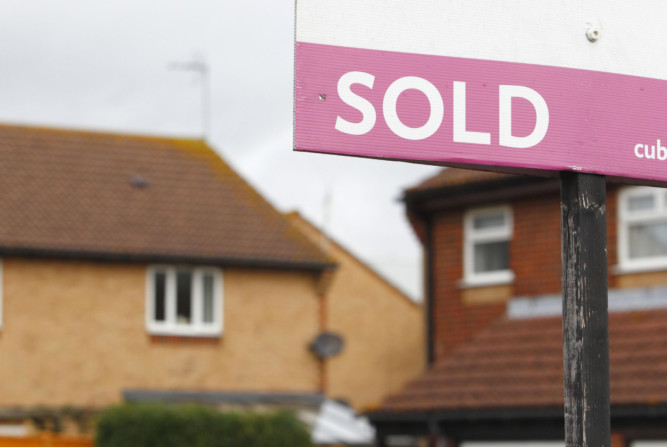
The cost of buying a new house is set to fall for the majority of Scots under plans being unveiled this week.
Holyrood is being given control of the stamp duty levied on house purchases and the new rates will be unveiled in Thursday’s budget speech by Finance Minister John Swinney.
It is expected SNP ministers will use the powers to unveil a “progressive system” where the amount of tax paid is more closely related to the ability of a person to pay.
This is likely to mean good news for first-time buyers and those purchasing homes around the current Scottish average price of £162,000.
In one of two options being considered by the Scottish Government, the threshold for when you start paying stamp duty will jump from £125,000 to £180,000.
However, Scots buying more expensive homes or living in areas with sky high property prices are set to be hit with higher bills.
Analysis by the Glasgow Solicitors’ Property Centre indicates that people buying a typically priced mid-market home between £200,000 and £250,000 will pay more stamp duty under the proposed system than they would under the current one.
Karen Campbell, head of policy at house building trade body Homes for Scotland, said: “We support the progressive approach to bands which will help remove some of the price distortions around existing stamp duty ‘slab’ thresholds.”
Holyrood will take control of stamp duty from next April. Under the first proposal looked at by the SNP, there would be no tax on properties below £180,000. But the rate would be 7.5% above that levied only on the portion of the price that exceeds the threshold.
Overall, tax bills on properties between £208,000 and £250,000 would be higher, before becoming cheaper until the £300,000 threshold is reached, when they rise again.
Under the SNP’s second option, homes below £125,000 would remain exempt from stamp duty, with the rate set at 2% between £125,000 and £250,000, rising to 9.5% above £250,000.
The Scottish Government has said between 86% and 95% of homebuyers in Scotland would pay less stamp duty under its plan.

Enjoy the convenience of having The Sunday Post delivered as a digital ePaper straight to your smartphone, tablet or computer.
Subscribe for only £5.49 a month and enjoy all the benefits of the printed paper as a digital replica.
Subscribe